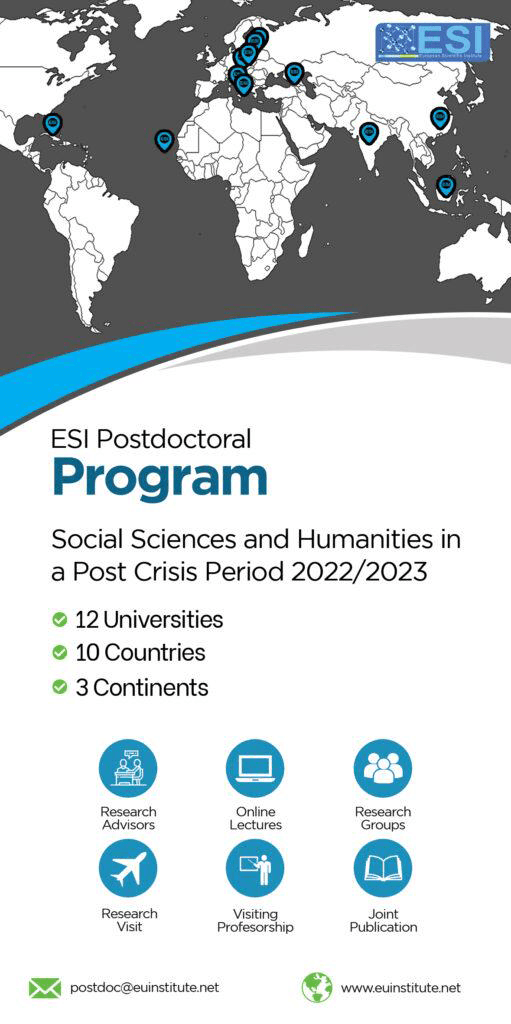ETUDE ETHNOBOTANIQUE AU MOYEN ATLAS CENTRAL
Abstract
The present study should be set in the frame work of valorization of medical plant and traditional knowledge’s from middle Atlas of Morocco. Using 1047 survey forms ethnobotanical study was conducted during seven months (january- july 2013) in the seven city (Meknès, Elhajeb, Azrou, Ifrane, Khénifra, Mrirt and Timehdit), this phase revealed the occurrence of 125 medicinal species which are divided into 50 families and 111 genera, with a dominance of Asteraceae. Also species with very high frequency of use are Akir karha (Anacyclus pyrethrum DC.) (4.41%), Bereztam (Aristolochia longa L.) (3.07%), Hariga (Urtica sp) (2.97%), Serguina (Corrigiola telephiifolia L.) (2.87%). The leaves are the most used part (39.3%) and the majority of remedies are prepared as a decoction (44%). In terms of the treated disease, disorders of the digestive system ranks first with a rate of 29.31%% with Bereztam (Aristolochia paucinervis Pomel.) et Carum carvi LDownloads
Download data is not yet available.
Metrics
Metrics Loading ...
Published
2015-08-30
How to Cite
Amine, D., Lamiae, B., Mohamed, B., Jamal, I., & Laila, N. (2015). ETUDE ETHNOBOTANIQUE AU MOYEN ATLAS CENTRAL. European Scientific Journal, ESJ, 11(24). Retrieved from https://eujournal.org/index.php/esj/article/view/6110
Section
Articles







